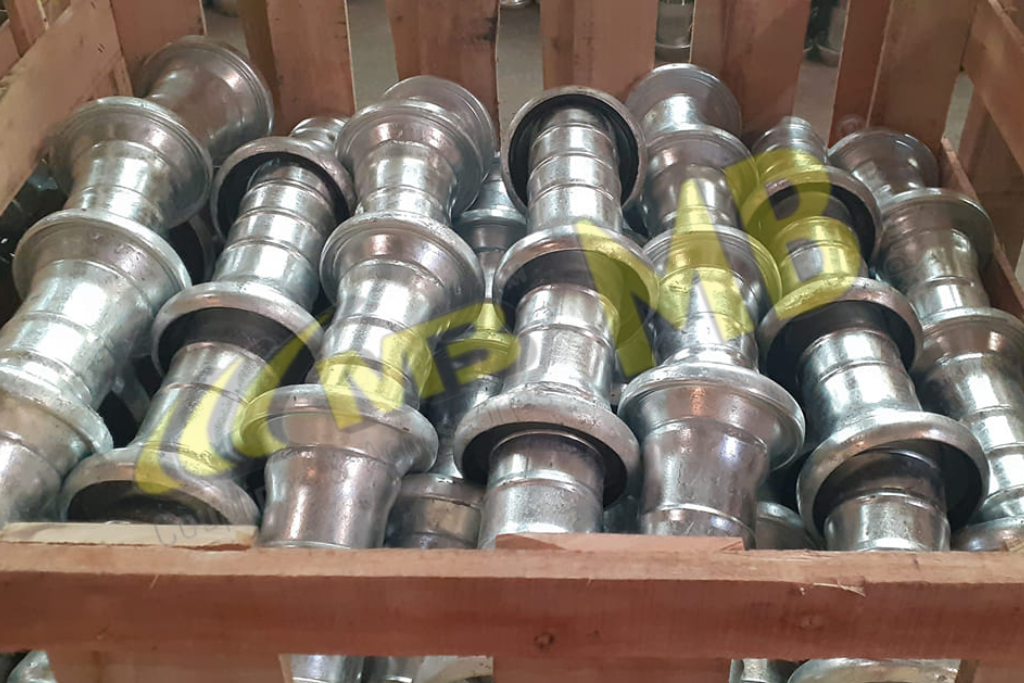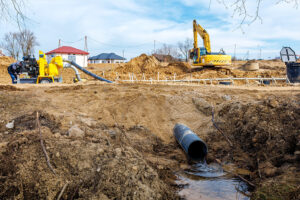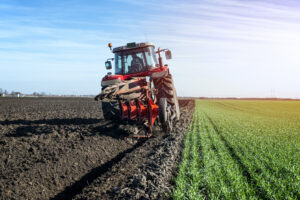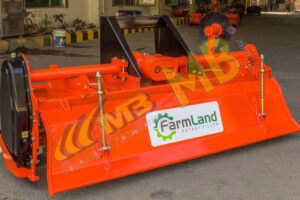Quick connect couplings are now considered standard equipment in pneumatic and hydraulic systems. Futhermore, their name, which also goes by the phrase “quick disconnect couplings,” says it all. These quick connect couplings are effective in their function and provide simple connecting and disconnecting.
Gas and fluid lines can be connected and disconnected quickly and easily with quick detach connections. Quick disconnects can stop leaks and make connections and disconnections easier. Thus, Quick disconnects are a useful tool used by engineers to improve the value and serviceability of their designs. Read the information given by the top rated dewatering pump accessories exporter.
Choosing the right quick coupling
Quick connect connections are not universally applicable. They are utilised in a wide range of industries and applications and are available in multiple connection types, pressure ranges, and interchanges.
This article introduces quick connect couplings and lists the most important factors OEMs and end users should be aware of when selecting the appropriate quick-connect coupling for a certain application.
Applications and connection types
Quick connect couplings with hydraulic and pneumatic functions can be employed in a range of settings and applications. Further, they are used in construction equipment, forestry, mining, oil and gas, mobile equipment, agricultural machinery, automotive systems, hydraulic tools and systems, and military applications.
There are various quick connect coupler connectors, each with a unique function and layout.
- Manual connect: In hydraulic applications, these couplings can be connected and disconnected without the need for tools. When fastening, users need to draw the sleeve back; this is typically done with two hands.
- Push-to-connect: Users only need to push the two halves together to establish a straightforward connection with push-to-connect couplings. This can be done with one hand because the sleeve does not need to be pulled back during attachment. Applications requiring frequent connecting and disconnecting can use these connectors.
- Screw-to-connect couplings: sometimes called thread-to-connect couplings, are threaded in design. Thus, Screw-to-connect couplings are perfect for high pressure, high cycle applications because of the exterior threads on the male nipple and the receiving threads on the female coupler, which decrease the possibility of an inadvertent disconnection caused by vibration.
MB Exports, India offers the widest selection of premium materials, valve designs, pressure ratings, and end ports on the market, all of which are offered in a wide range of sizes. They provide a connectivity solution for a wide range of applications in the main industrial markets of today.
Types of hydraulic couplings include:
- General purpose
- Non-spill
- Connect under pressure
- High pressure
- High flow
- Miniature
Pressure ranges
Rated pressure for the MB Exports hydraulic couplings range from 30 to 15,000 psi, depending on the coupling series, size, and materials. Rated pressures are defined by ISO 5598 as “the qualified operating pressures which are recommended for a component or a system by the manufacturer.”
STAMP process
When choosing the proper quick-connect coupling, we recommend using the STAMP process:
- Size: Selecting the right connection depends on your system’s requirements as well as those of other parts, such as hoses, pipes, pumps, etc. Performance and proper flow are impacted by incorrect size.
- Temperature: When choosing a coupling, note the two temperatures: the media temperature (the temperature of the media being sent through the system) and the ambient temperature (the outside temperature).
- Application: Determine whether the application involves high vibration or impulse, indoor or outdoor use, dynamic or static pressure, etc. Selecting the ideal coupling set for your requirements is made easier by posing these queries up front.
- Media: The coupling type needs to be appropriate for the content it transmits. A media compatibility table available from MB Exports indicates which materials are suggested based on coupling.
- Pressure: It’s important to understand the functioning pressure of the system as well as any surges or spikes in pressure. Additionally, There are offered couplings rated at pressure so you can select the appropriate product for your system. “The qualified operating pressures which are recommended for a component or a system by the manufacturer” is how ISO 5598 defines rated pressure.
Material options
A wide range of materials are available for quick connections. When choosing a coupling, take into account your budget as well as the requirements of your application. The construction materials of the coupling have an impact on the cost.
Choices consist of:
- Brass
- Steel
- Stainless steel
- Heat-resistant plastics
- Zinc-coated
- Carbon-based steel
- Plastic
It is essential to comprehend the fast connection coupling’s ratings and standards in order to choose the material that will work best for your system.
Evaluate the hydraulic, fluid, or pneumatic system parameters against these ratings and restrictions. This covers predicted connect/disconnect cycles as well as ranges and limits for pressures, temperatures, flow rates, volume, and pressure surges.
Since metal fittings have high pressure ratings, they are typically utilised in hydraulic systems. Plastics are less robust and long-lasting than metals, but they naturally resist corrosion better, which makes them less appropriate for hydraulic systems.
Carbon steel is strong and has a high temperature resistance. Thus, usually combined with other metals to enhance its strength, hardness, and other characteristics, carbon steel is an alloy made of iron and carbon.
Carbon steel fittings are occasionally given external protective coatings, such as zinc, phosphate, and cadmium, to increase their service life in hostile conditions.
Standard alternatives include brass fittings and stainless steel fittings for low-pressure applications. It is not advised to cover steel with zinc or another protective coating in situations where low toxicity and low corrosion are necessary, such as in food or beverage applications.
Lighter metals are available for lower-pressure applications, such as, aluminum for more lightweight applications needing corrosion resistance and brass fittings, which work best at lower temperatures and pressures.
MB Exports are the best Quick Coupling manufacturers & Exporter in India, and possess a wide range of quick connect couplings including all standard industry profiles and interchange profiles relevant to the market.
Read more about Construction Dewatering: Issues Raised and Solutions




